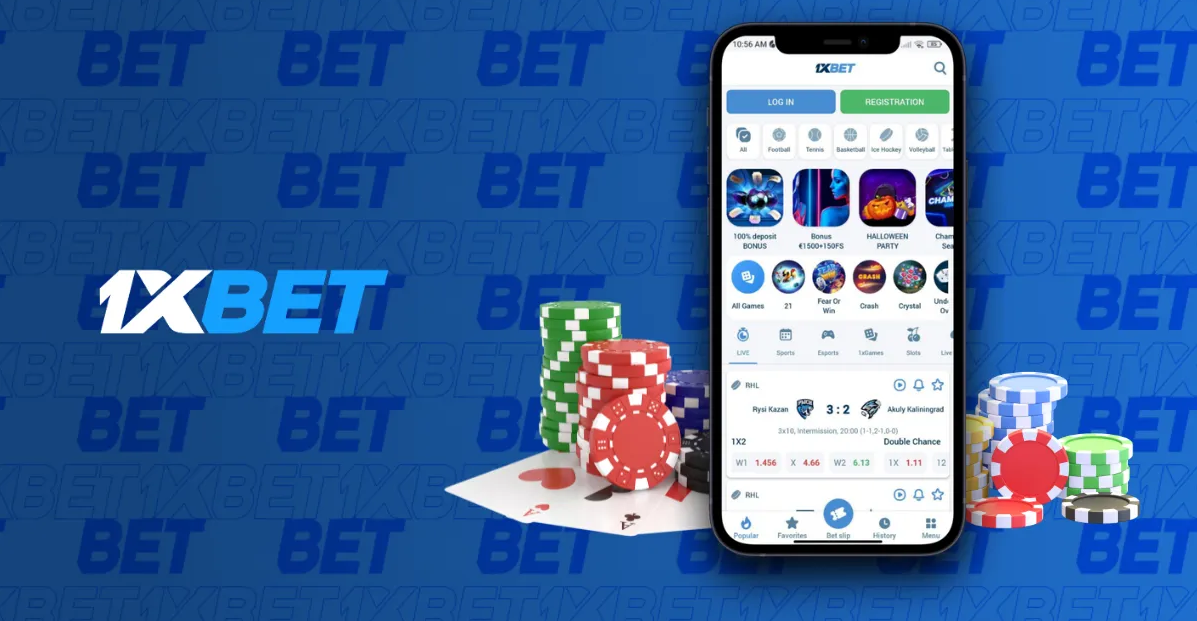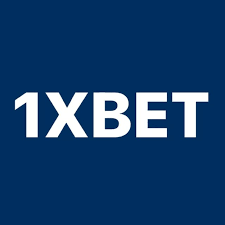
The Future of Play-to-Earn Gambling in Web3
The gambling industry is on the verge of a significant transformation with the emergence of Web3 technologies. One of the most intriguing developments is the rise of Play-to-Earn (P2E) gambling, a concept that seamlessly blends gaming and wagering while offering players the opportunity to earn real-world value from their gameplay. As we look to the future, the intersection of blockchain, decentralized finance, and gaming is set to redefine how we engage with gambling. In this article, we will explore the potential of Play-to-Earn gambling in the Web3 ecosystem and how platforms, like those offering The Future of Play-to-Earn Gambling in Web3 best RTP slots, can adapt to this new paradigm.
Understanding Web3 and Play-to-Earn
The term “Web3” refers to the next generation of the internet, which is characterized by decentralization, user ownership, and improved privacy. Unlike its predecessors, Web3 empowers individuals by leveraging blockchain technology, enabling players to own their assets, much like a digital wallet for cryptocurrencies. Similarly, the Play-to-Earn model allows users to generate income through their playtime. This model has gained traction in the gaming industry, with titles like Axie Infinity proving that players can earn cryptocurrency simply by engaging with the game.
The Economics of Play-to-Earn Gambling
At its core, Play-to-Earn gambling introduces new economic dynamics to the traditional gambling landscape. Gamblers can not only place bets but also earn tokens and assets while playing. These assets can be traded or sold, leading to potential profits that outweigh the initial stakes. This shift creates an exciting prospect where players are no longer just participants but become stakeholders in the gaming ecosystem.

Integrating NFTs in Gambling
Non-Fungible Tokens (NFTs) play a pivotal role in the Play-to-Earn gambling landscape. NFTs can represent unique in-game assets, collectibles, or even entire games themselves. This innovative representation of value increases player engagement as they can trade, sell, or utilize these NFTs in various gaming platforms. For example, users might earn unique in-game items that provide specific advantages, which can significantly enhance both the gambling and gaming experiences.
Decentralized Platforms and Fairness
Decentralization is one of the primary advantages of Web3 technology. It offers transparency and security to players, allowing them to verify the fairness of games through blockchain protocols. Traditional online gambling platforms often come under scrutiny for fairness and trustworthiness. In contrast, decentralized gambling platforms can provide proof of fairness and randomness through smart contracts, ensuring that players’ interests are safeguarded. This transparency fosters a greater level of trust, encouraging more players to engage in P2E gambling.
Challenges Facing Play-to-Earn Gambling
While the potential for Play-to-Earn gambling in Web3 is promising, several challenges must be addressed for widespread adoption. Regulatory frameworks around online gambling and cryptocurrencies still lag behind the rapid technological advancements. Many jurisdictions are still assessing how to tax and regulate cryptocurrencies, which could hinder the growth of this new gambling model.

The Role of Community and Social Interaction
One of the unique aspects of Play-to-Earn gambling is the emphasis on community and social interaction. Web3 platforms inherently foster communities through collaborative play and shared experiences. Players are likely to form alliances, guilds, or teams to compete against others, enriching the gambling experience. The social aspect can also lead to the creation of unique events, tournaments, and competitions that encourage player engagement while allowing for financial rewards.
Future Trends in Play-to-Earn Gambling
Looking ahead, the future of Play-to-Earn gambling in Web3 is likely to involve several key trends:
- Enhanced User Experience: As technology improves, we can expect more immersive gaming experiences that blend virtual reality (VR) and augmented reality (AR) with gambling elements.
- Cross-Platform Play: The barriers between different gaming platforms will continue to diminish, allowing players to use their assets across various games and platforms.
- Increased Regulation: As the industry’s popularity grows, regulatory bodies will begin to form clearer frameworks to govern P2E gambling, which can lead to greater legitimacy and safety for players.
- Collaborations and Partnerships: We will likely see existing casinos and gambling platforms collaborate with Web3 projects to bridge the gap between traditional gambling and the new ecosystem.
Conclusion
The future of Play-to-Earn gambling in the Web3 ecosystem is brimming with opportunities. As players seek more engaging and financially rewarding experiences, the shift towards decentralized gaming and gambling will only gain momentum. While challenges do exist, the continual advancement of technology and the growing acceptance of cryptocurrencies will shape a new landscape that promises to transform not just how we gamble, but how we think about ownership and value in digital spaces. In this context, those who adapt and innovate will be poised for success in the coming years.